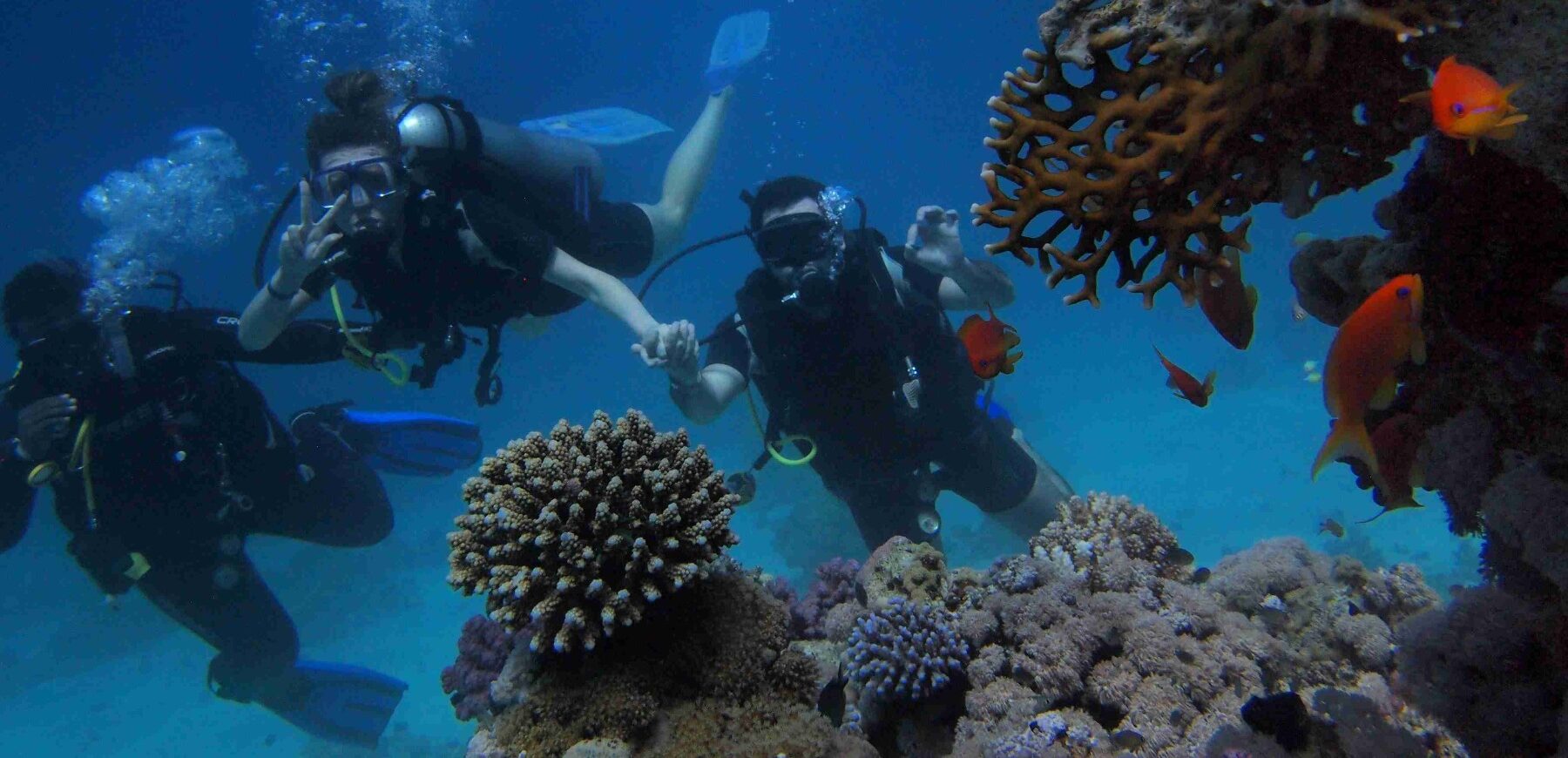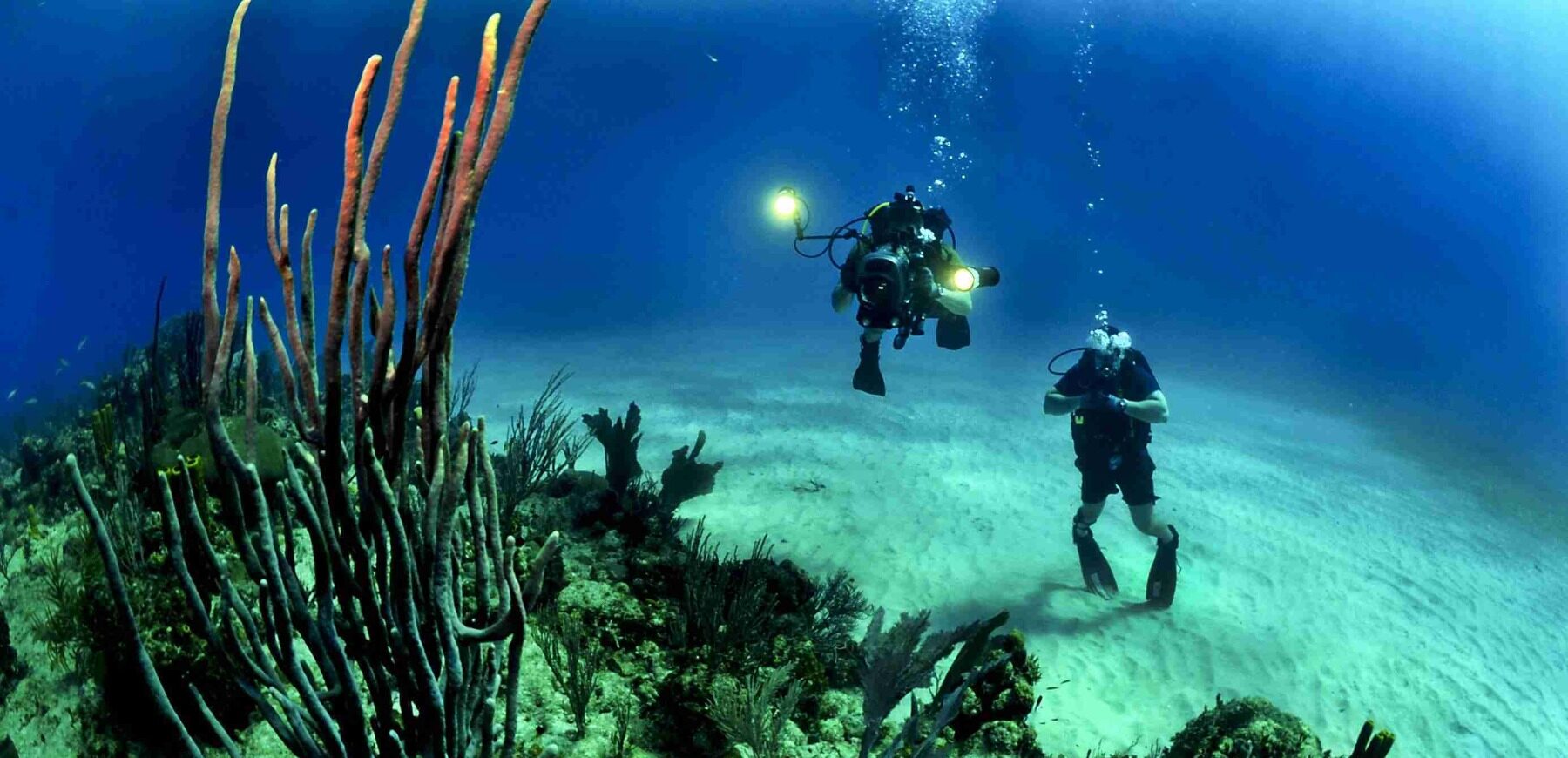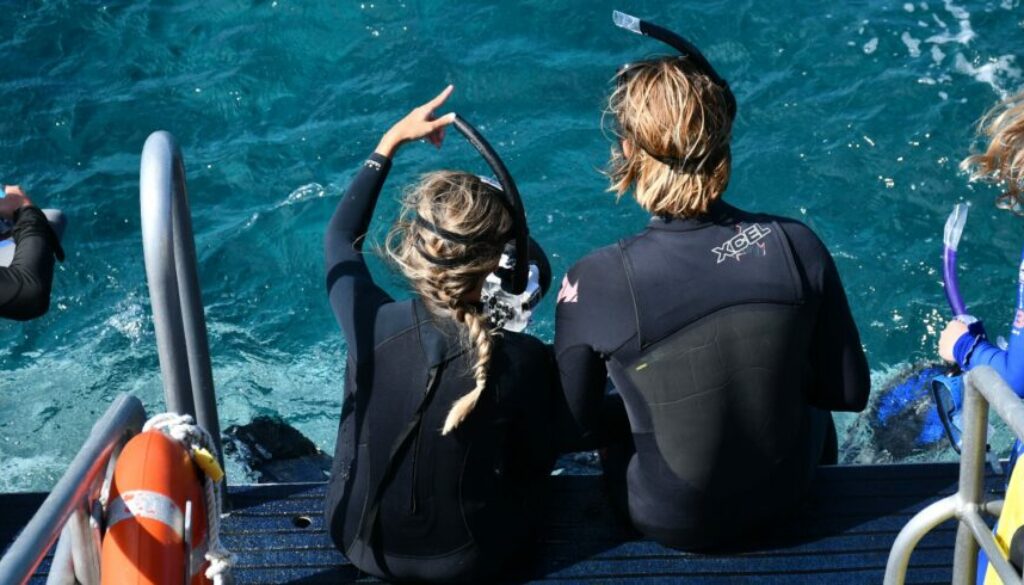Split Face Diving Accident: What You Need to Know – 3 Case Studies
In a split face diving accident, the diver strikes their face against a hard surface. Here’s how to avoid them, and what to do if one occurs.
A study by the National Spinal Cord Injury Statistical Center found that an average of 110 people were hospitalized each year in the United States for diving-related injuries, including split face diving accidents.
A split face diving accident is a type of diving injury that occurs when the diver strikes their face on a hard surface, such as the bottom of a pool or the ocean floor. This can cause a variety of injuries, including facial fractures, lacerations, and dental injuries. In some cases, The consequences can be deadly.
In this blog post, we will discuss the causes of split face diving accidents, how to avoid them, and what to do if one occurs.
Causes of Split Face Diving Accident

There are a number of factors that can contribute to a split face diving accident, including:
Diving into shallow water
When a diver dives into shallow water, they do not have enough time to slow down before their face hits the bottom. This can result in a severe impact, which can cause facial injuries.
Hitting the ground during a free fall dive
Free fall diving is a type of diving in which divers fall from a height and then open their parachutes to slow down before hitting the ground. If a diver hits the ground too hard, they can sustain facial injuries.
Colliding with another diver or object
If a diver collides with another diver or object underwater, they can sustain facial injuries. This is especially common in crowded dive spots.
Wearing the wrong diving equipment
If a diver is not wearing the proper diving equipment, such as a mask or helmet, they are more likely to sustain facial injuries in an accident.
How to Avoid Split Face Diving Accidents

There are a number of things that divers can do to reduce their risk of a split face diving accident, including:
Be aware of your surroundings
Before diving into any body of water, divers should carefully inspect the area to make sure there are no hazards, such as shallow water or rocks.
Use the proper diving technique
Divers should always use the proper diving technique to avoid hitting the ground too hard or colliding with another diver or object.
- Always enter the water feet first.
- Use a dive mask and snorkel so that you can see what is in front of you.
- Be careful when diving from a boat or platform.
- Avoid diving if you are under the influence of alcohol or drugs.
Wear the proper diving equipment
Divers should always wear the proper diving equipment, such as a mask and helmet, to protect their faces in the event of an accident.
Use a dive buddy
Diving with a buddy is always a good idea, but it is especially important when you are diving in areas where there is a risk of split face diving accidents.
Enter and exit the water carefully
When you are entering and exiting the water, it is essential to be careful and to avoid swimming near objects that could pose a hazard.
Be aware of other divers
When you are diving, it is critical to be aware of other divers and to avoid swimming too close to them.
Be aware of your limits
Do not dive beyond your skill level or in conditions that are too difficult for you.
Take breaks
Do not dive for too long without taking a break. Fatigue can impair your judgment and decision-making skills, which can put you at greater risk of having an accident.
Get proper training
Take a diving course from a qualified instructor to learn about the proper diving technique and safety procedures.
What to do if you experience a split face diving accident
If you experience a split face diving accident, it is significant to seek medical attention immediately. Even if your injuries do not appear to be serious, it is necessary to have them evaluated by a doctor.

In the meantime, there are a few things you can do to care for your injuries:
- Control any bleeding. To stop bleeding, press down on the wound with a clean cloth or bandage.
- To reduce swelling and pain, apply a cold compress to the wound.
- If the injury is severe, apply a direct pressure bandage.
- Elevate the victim’s head. This will help to reduce swelling in the face.
- Keep the victim warm and comfortable.
- Monitor the victim’s vital signs. This includes their breathing, pulse, and blood pressure.
- Keep the injured area higher than the heart.
Case Study 1
A 25-year-old man was diving with his friends in a popular dive spot when he was struck by a boat propeller. The propeller caused serious injuries to his face, including multiple fractures and lacerations. The man was rushed to the hospital, where he underwent surgery to repair his injuries. He spent several weeks in the hospital receiving medical care and treatment for his injuries.
The man’s accident was caused by a combination of factors. First, he was diving in an area where there was a lot of boat traffic. Second, he was not using a dive buddy. Third, he was not aware of the boat propeller.
Case Study 2
A 30-year-old woman was diving with her husband in a remote dive spot when she was struck by another diver’s fin. The fin caused a deep laceration to her face. The woman’s husband was able to stop the bleeding and help her to the surface. The woman was taken to a nearby hospital, where she was treated for her injuries.
The woman’s accident was caused by few reasons. She was diving in a remote dive spot where there was no other help available and not using a dive buddy. Unfortunately, she was not even aware of the other diver’s fin.
Case Study 3
A 40-year-old man was diving with a group of friends in a coral reef when he was struck by a boat hull. The boat hull caused serious injuries to his face, including a broken nose and cheekbones. The man was rushed to the hospital, where he underwent surgery to repair his injuries. He spent several weeks in the hospital recovering from his injuries.
It happened due to various reasons. He was diving in an area where there was a lot of boat traffic without a dive buddy. Unluckily, He was not aware of the boat hull.
A split face diving accident can be very serious and can have a lasting impact on the victim’s life. It is important to take steps to prevent these accidents from happening in the first place. By being aware of the causes of split face diving accidents and taking steps to avoid them, divers can reduce their risk of injury.
